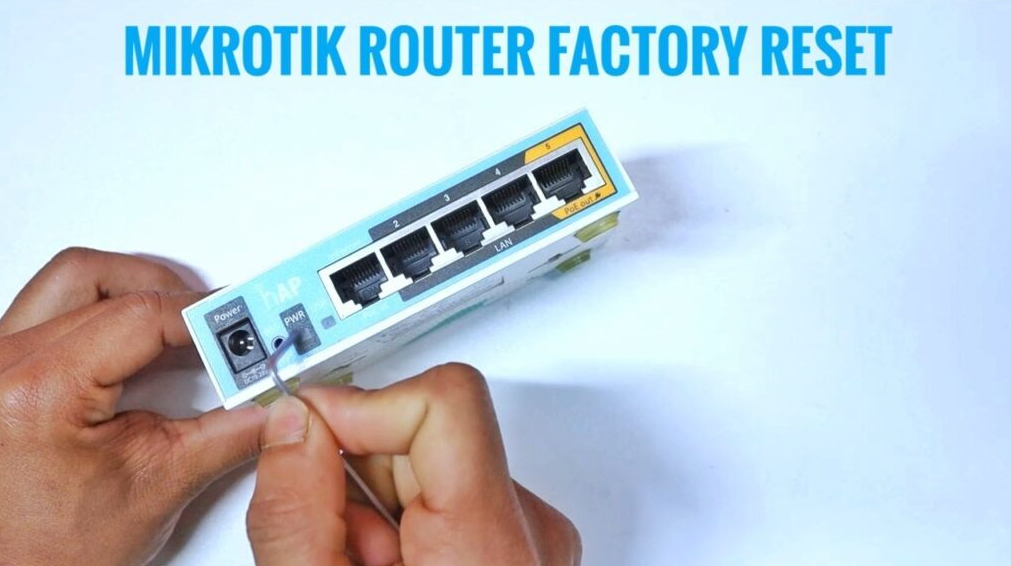In the world of networking, MikroTik routers are renowned for their robust features, exceptional flexibility, and cost-effectiveness. If you’re wondering how to install and configure MikroTik, MikroTik’s RouterOS is the tool you need. Whether you’re setting up a sophisticated enterprise network, it is also essential for a reliable small business solution.
It also helps if you want deeper control over your home internet. This provides a powerful platform to manage every aspect of your network traffic. However, for newcomers, the sheer depth of options and the unique interface can be daunting. This complete guide is designed to demystify that process.
We will walk you through every critical step, from unboxing your hardware to establishing a secure and fully functional network. By the end of this tutorial, you will have the knowledge and confidence to install and configure your MikroTik router. You will also understand the principles behind each setting. This will empower you to customize your network to your exact needs.
If you’re learning installation and configuration of a MikroTik router, here routers use RouterOS. It can be managed via Winbox, WebFig, or CLI (command line interface). Here’s everything to learn all about that you have to learn about MikroTik, how to install and configure MikroTik:
🔧 1. Basic Setup and Installation
- Understand MikroTik hardware models (hAP, CCR, RB series, etc.)
- Connect your PC to the router using Ethernet
- Access the router using:
- Winbox (most popular)
- WebFig (via browser)
- MAC Winbox (for first access without IP)
- Upgrade RouterOS and firmware to the latest version
- Set your admin password
- Set your system identity (router name)
🌐 2. IP Addressing and DHCP Setup
- Assign the static IP to the interfaces
- Configure DHCP client on the WAN interface (to get internet from ISP)
- Configure DHCP server for LAN
- Set up IP pools and leases
- Add DNS servers and the default gateway
- Enable NAT (masquerade rule) to allow the LAN to access the internet
🔐 3. Basic Security Settings
- Change the default username or create a new user and delete the admin
- Set strong passwords
- Disable unused services (Telnet, FTP, etc.)
- Enable firewall rules:
- Block external access to router
- Allow only trusted IPs for management
- Enable secure access via SSH and HTTPS
- Set service port restrictions
🔄 4. Interface and Bridge Management
- Understand physical vs virtual interfaces
- Create a bridge and add interfaces (for LAN setup)
- Configure VLANs if needed
- Assign IP to bridge interface instead of physical port
📶 5. Wireless Configuration
- Enable the wireless interface on MikroTik
- Set wireless mode: AP bridge, station, etc.
- Set SSID, security profile (WPA2), frequency
- Create multiple SSIDs with VLANs (optional)
🚦 6. Firewall and NAT Configuration
- Understand connection tracking
- Configure NAT (source NAT for internet access)
- Add filter rules:
- Allow, drop, reject traffic based on IP/port/protocol
- Protect against DoS and brute-force
- Use address lists for advanced filtering
📈 7. Bandwidth Management and QoS
- Use Simple Queues to limit speed per user/IP
- Set up Queue Trees for advanced shaping
- Use PCQ (Per Connection Queuing) for fair bandwidth distribution
📡 8. Routing and Network Design
- Configure static routes
- Use dynamic routing protocols:
- OSPF (Open Shortest Path First)
- BGP (Border Gateway Protocol)
- Configure route filters
🔁 9. VPN Setup
- Configure PPTP, L2TP, SSTP, or OpenVPN
- Set up IPSec for site-to-site VPN
- Secure remote access with user authentication
🕵️ 10. Monitoring and Logging
- Use Torch to monitor live traffic
- Use IP > Traffic Flow for NetFlow analysis
- Enable logging for system events and access
- Set up email alerts for critical events
🔄 11. Backup and Restore
- Backup configuration file (.backup and .rsc)
- Export/import configurations
- Automate scheduled backups to email or storage
⚙️ 12. Advanced Features
- Setup Hotspot server
- Setup Web Proxy
- Load balancing with multiple WANs
- Failover configuration
- Scripting with MikroTik scheduler
- CAPsMAN (Centralized wireless AP management)
- MPLS configuration (for large networks)

Start small – get comfortable with Winbox, basic IP configuration, and firewall rules first. As you progress, try building lab networks using GNS3, CHR (Cloud Hosted Router), or virtual machines for practice.
Congratulations! You have successfully navigated the initial setup and configuration of your MikroTik router. These steps have established a basic internet connection. You also configured crucial wireless access. Additionally, you implemented essential security measures like firewall rules. With these steps, you have built a solid and secure network foundation.
Remember that this guide is just the beginning of your journey with RouterOS. The true power of MikroTik lies in its advanced features. These include bandwidth management, VPN server setup, VLANs, and dynamic routing. They are waiting to be explored as your needs grow. Continue to experiment in a safe environment. Consult the extensive MikroTik documentation. Engage with the community to further hone your skills. You have now unlocked the potential to manage a professional-grade network; the next step is to master it.
[content-egg-block template=offers_list]
























